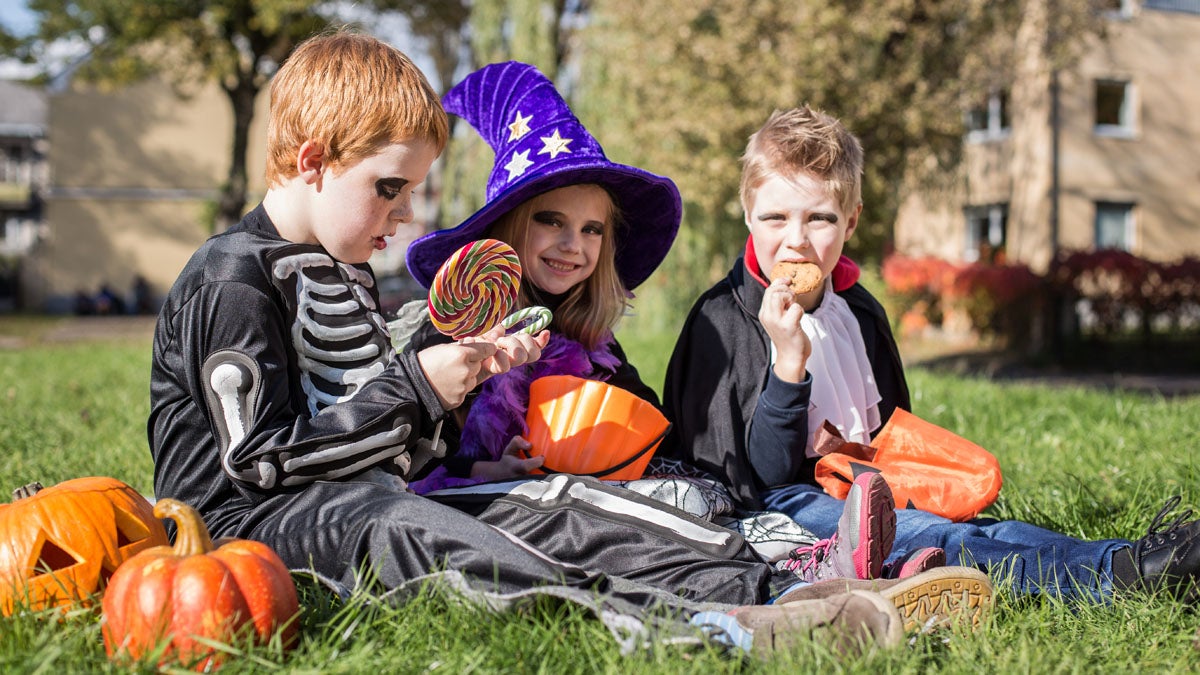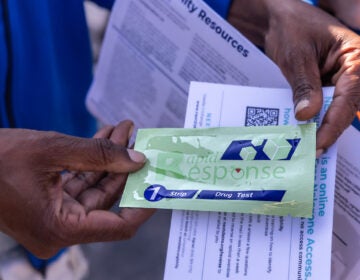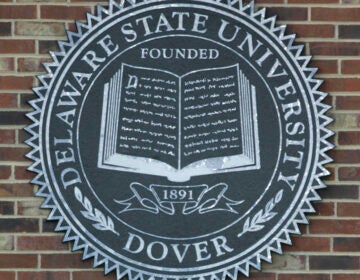Poisoned Halloween candy a bunch of ‘hocus pocus,’ says Delaware professor
Listen Photo via ShutterStock) " title="shutterstock_223487347" width="1" height="1"/>
Photo via ShutterStock) " title="shutterstock_223487347" width="1" height="1"/>
A University of Delaware professor says, after 30 years of research, 'I cannot find any evidence that any child has ever been killed or seriously hurt by a contaminated treat picked up during the course of trick or treating'(Photo via ShutterStock)
Did you hear the story about the trick-or-treater who was sickened by a poisoned-laced candy?
What about the child who swallowed a razor blade after biting into an apple he received on Halloween?
You’ve heard it before, but can’t pinpoint where or when it happened. And that’s because it’s all a bunch of “hocus pocus,” according to a University of Delaware professor.
“I cannot find any evidence that any child has ever been killed or seriously hurt by a contaminated treat picked up during the course of trick or treating,” said Joel Best, a self-proclaimed “leading authority” on poisoned candy.
The University of Delaware sociology and criminal justice professor has been doing Halloween candy research for 30 years and calls the rumors “urban legends” that have been passed down from one paranoid parent to another.
“I think this is interesting, that there’s a contemporary legend that people are constantly poisoning the children’s treats and people worry about this,” he said. “And the story lives on even though there’s really not much to it.”
Best became interested in the myth when he began studying deviant behavior in grad school. He said he couldn’t figure out what kind of criminal would do such a thing, so he began extensive research by looking through old news articles dating back to the 1950s.
“In the 1950s, there were warnings … that people would heat pennies on skillets and then dump pennies to the outstretched hands of trick-or-treaters,” he said. “It really picks up speed in the 1960s and early 1970s.”
Even today, teachers make sure to caution their students against the possibility of poison or razor blades, and newspapers print warnings on their annual list of “Halloween safety tips for parents,” even though there’s no evidence to back it up.
Despite his research, which he updates every year, Best said he doesn’t expect the poison candy paranoia to die down anytime soon.
“Thirty years of dispelling the legend has not made a dent, so I tend to think this will last for a while — until something else happens,” he said.
WHYY is your source for fact-based, in-depth journalism and information. As a nonprofit organization, we rely on financial support from readers like you. Please give today.




